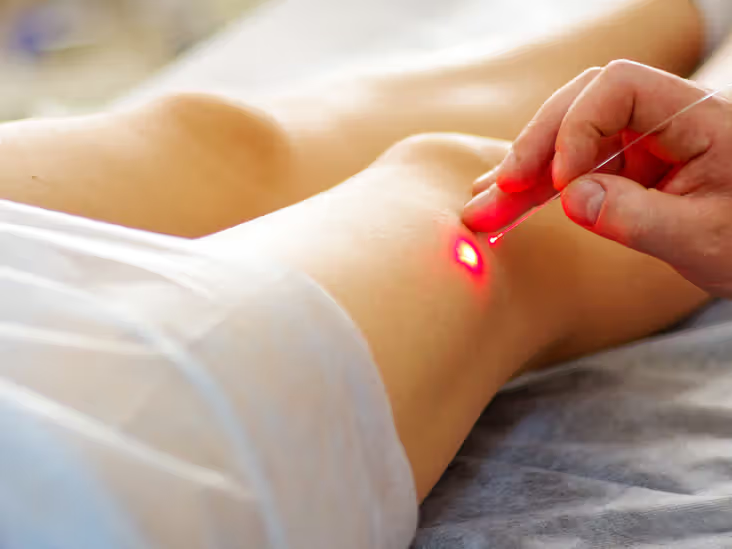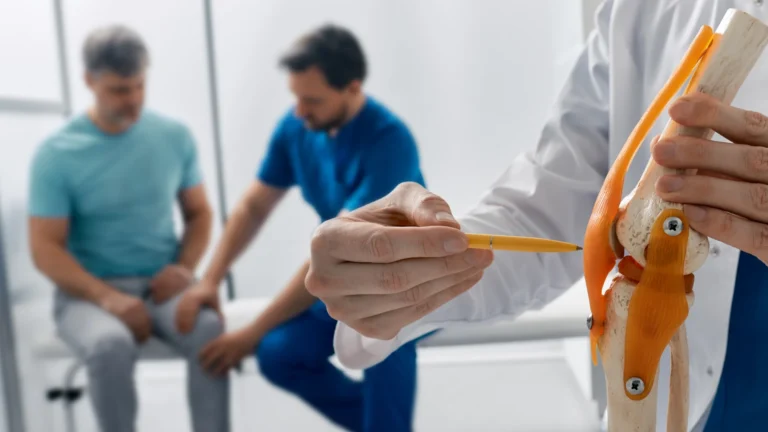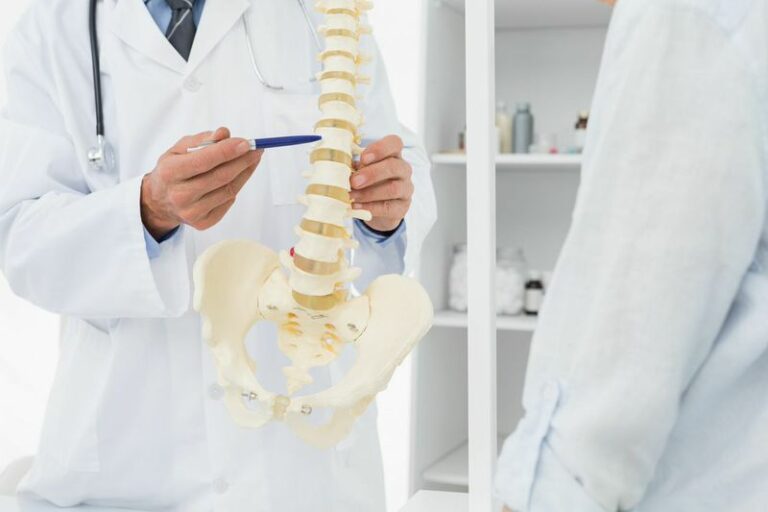
Varicose veins are enlarged, twisted veins that often appear dark purple or blue. They can surface on any part of the body, but are most common in the legs. For many people, varicose veins are a cosmetic issue. For others, they can cause aching pain and discomfort. When lifestyle changes do not provide relief, minimally invasive procedures offer an alternative option for managing them.
What Causes Varicose Veins?
Arteries carry blood from the heart to the rest of the body, and veins return blood from the rest of the body to the heart. To return blood to the heart, veins in the legs must work against gravity. Small valves in the veins open as blood flows toward the heart, then close to stop blood from flowing backward. If these valves are weak or damaged, blood can flow backward and pool in the veins. This pooling causes the veins to stretch or twist, leading to varicose veins.
Several factors can increase the likelihood of developing varicose veins. Age is a common factor, as veins can lose elasticity over time, causing their valves to weaken. Genetics also plays a role; if other family members have them, there is a greater chance of developing them too. Hormonal changes during pregnancy or menopause can be a factor, as can obesity, which puts extra pressure on the veins. Standing or sitting for long periods may also affect blood flow.
Which Procedures Are Most Effective?
Several minimally invasive procedures are available for the treatment of varicose veins. These modern techniques often have shorter recovery times compared to traditional vein-stripping surgery. The choice of procedure depends on various factors, including the size and location of the veins. A healthcare provider will discuss which option is most suitable for an individual’s specific situation.
Here are some common minimally invasive procedures:
- Sclerotherapy: This procedure involves injecting a solution directly into the varicose veins. The solution causes the vein lining to scar and close, forcing blood to reroute through healthier veins. The collapsed vein is reabsorbed into local tissue and eventually fades.
- Endovenous laser ablation: In this procedure, a thin fiber is inserted into the targeted vein. The fiber sends out laser energy, which heats the vein and causes it to close. The vein then shrinks and disappears over time.
- Radiofrequency ablation: This method uses radiofrequency energy to heat and damage the wall inside a vein. A catheter is inserted into the vein, and the heat delivered through it closes off the vein. This seals it shut, stopping the blood flow.
These treatments are typically performed on an outpatient basis. Patients often return to normal activities shortly after the procedure. The goal of each treatment is to close off the problematic vein, allowing blood to flow through other, healthier veins instead.
Why evaluate Minimally Invasive Surgery?
People might explore minimally invasive surgical options for several reasons. One primary motivation is the cosmetic appearance of varicose veins, as these procedures can reduce or eliminate their visibility. Another reason is to alleviate physical symptoms. Symptoms such as aching, swelling, throbbing, and a feeling of heaviness in the legs can significantly impact daily activities and quality of life.
Minimally invasive options generally involve less pain and a quicker recovery than traditional surgeries. These procedures are typically done with local anesthesia or light sedation, avoiding the risks associated with general anesthesia. Because they use small incisions or just needle punctures, there is often minimal scarring. The shorter downtime means people can return to their work and personal lives more quickly.
Consult a Specialist
Deciding on a course of action for varicose veins involves understanding the available choices. A specialist can provide detailed information about different procedures and what to expect. They can assess your specific condition and medical history to outline a suitable plan. Learning about the benefits and potential outcomes can help you make an informed choice. To explore your options, schedule a consultation with a qualified professional.




